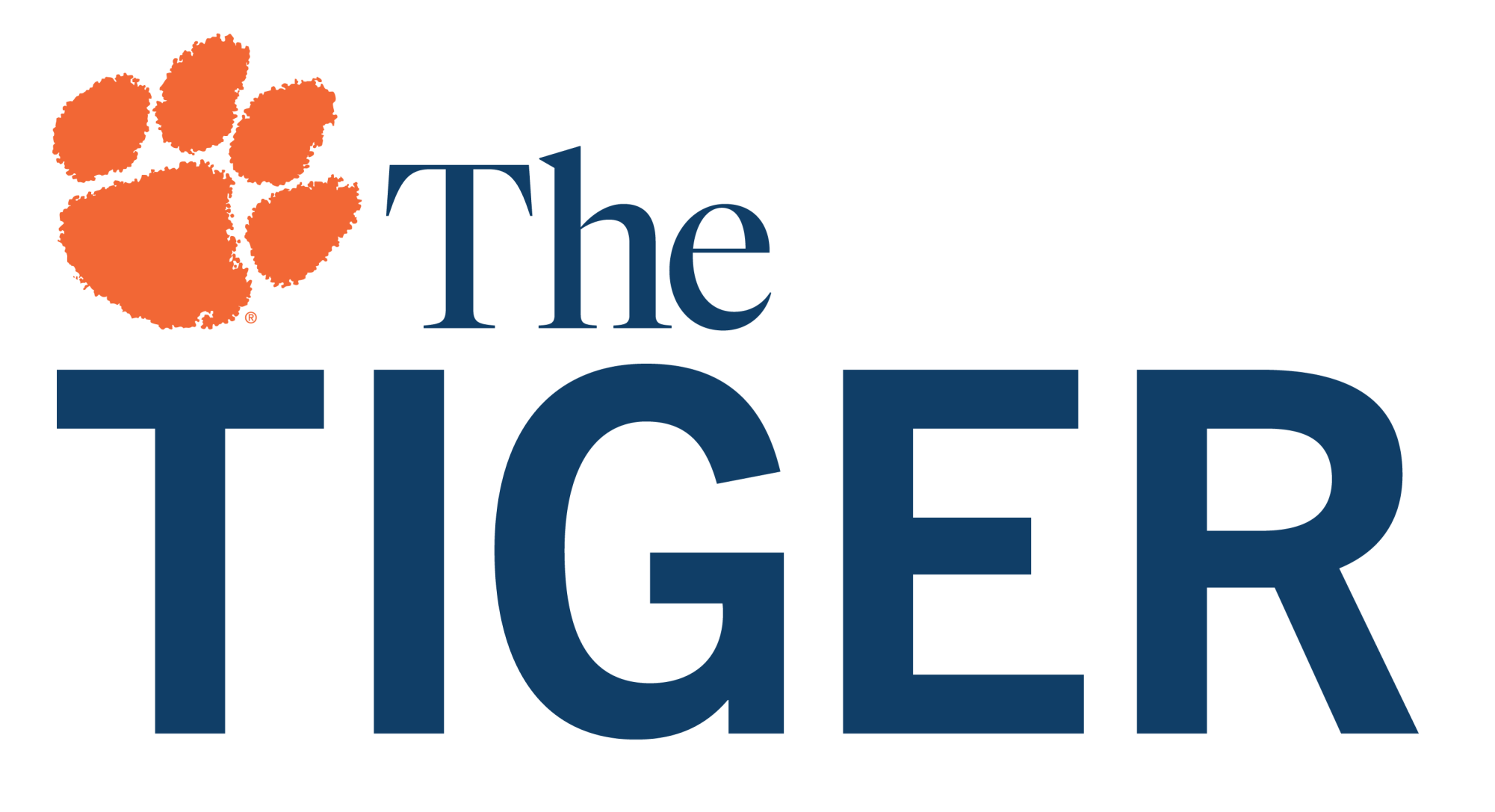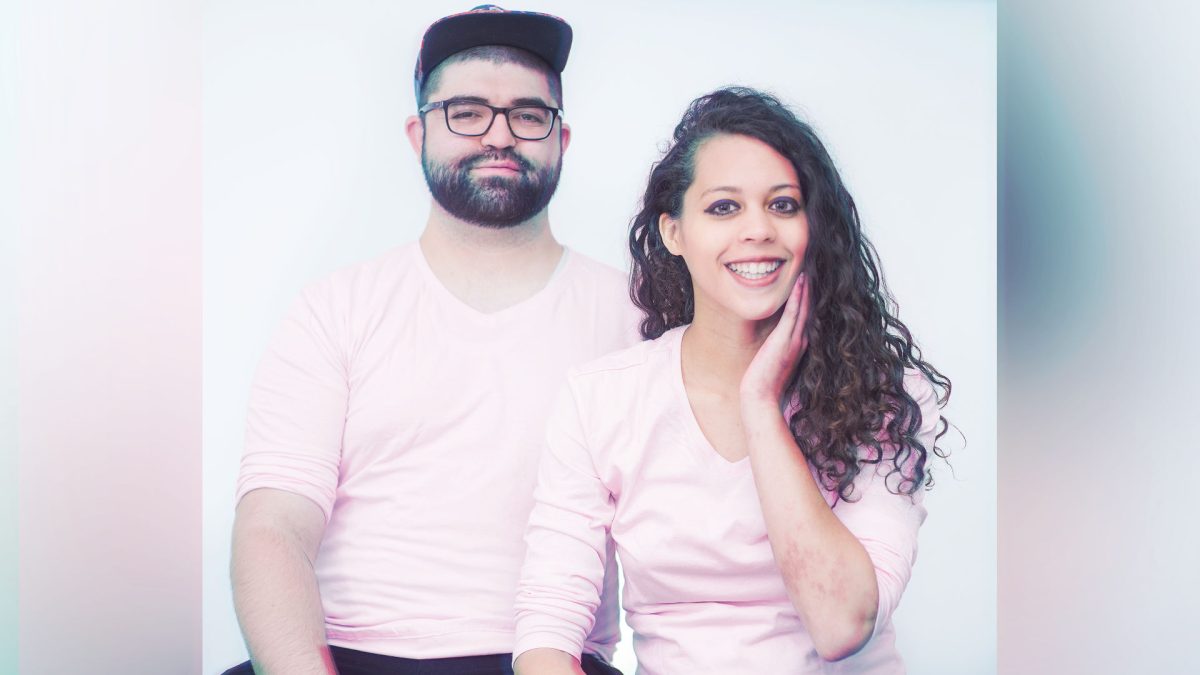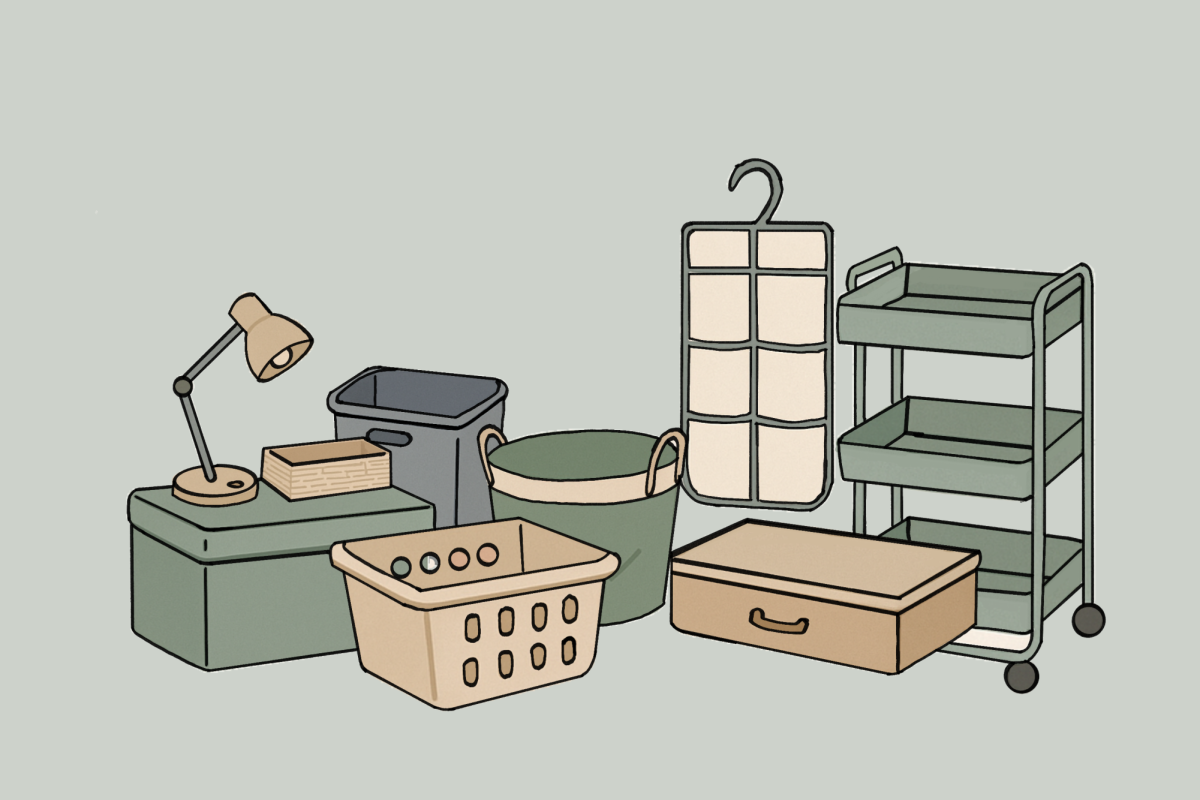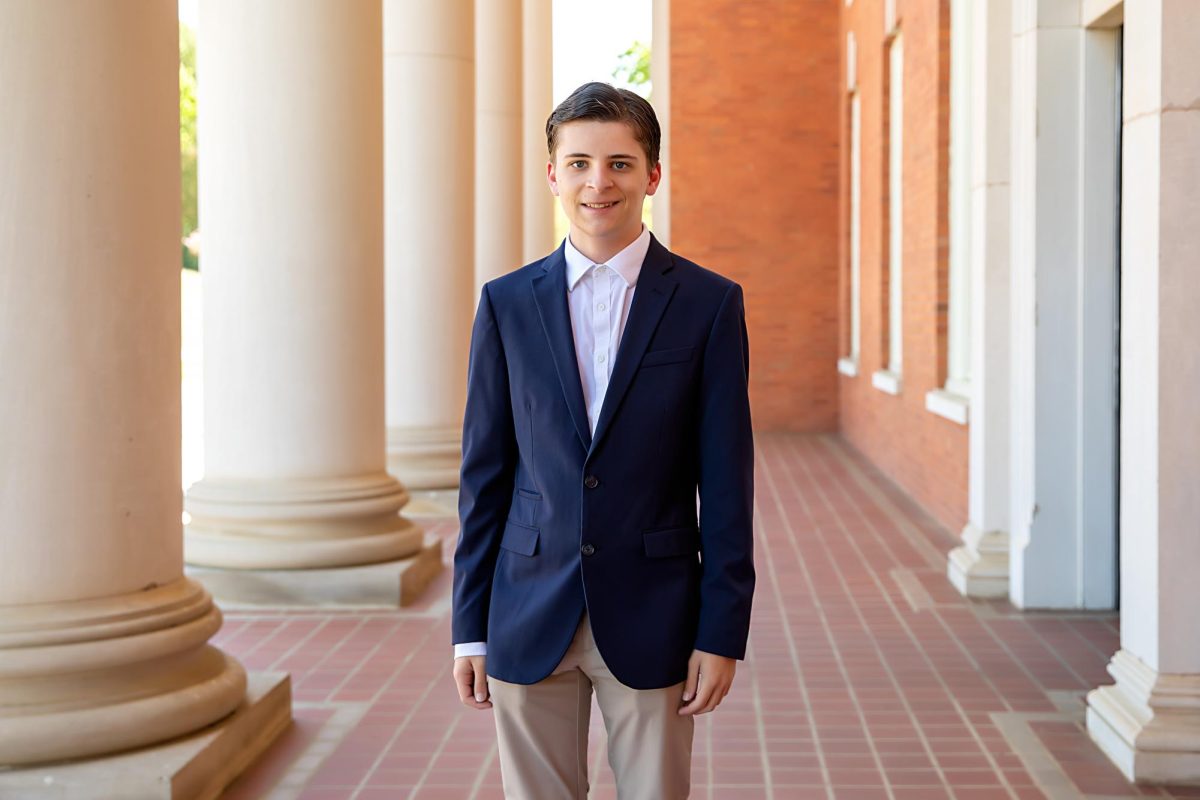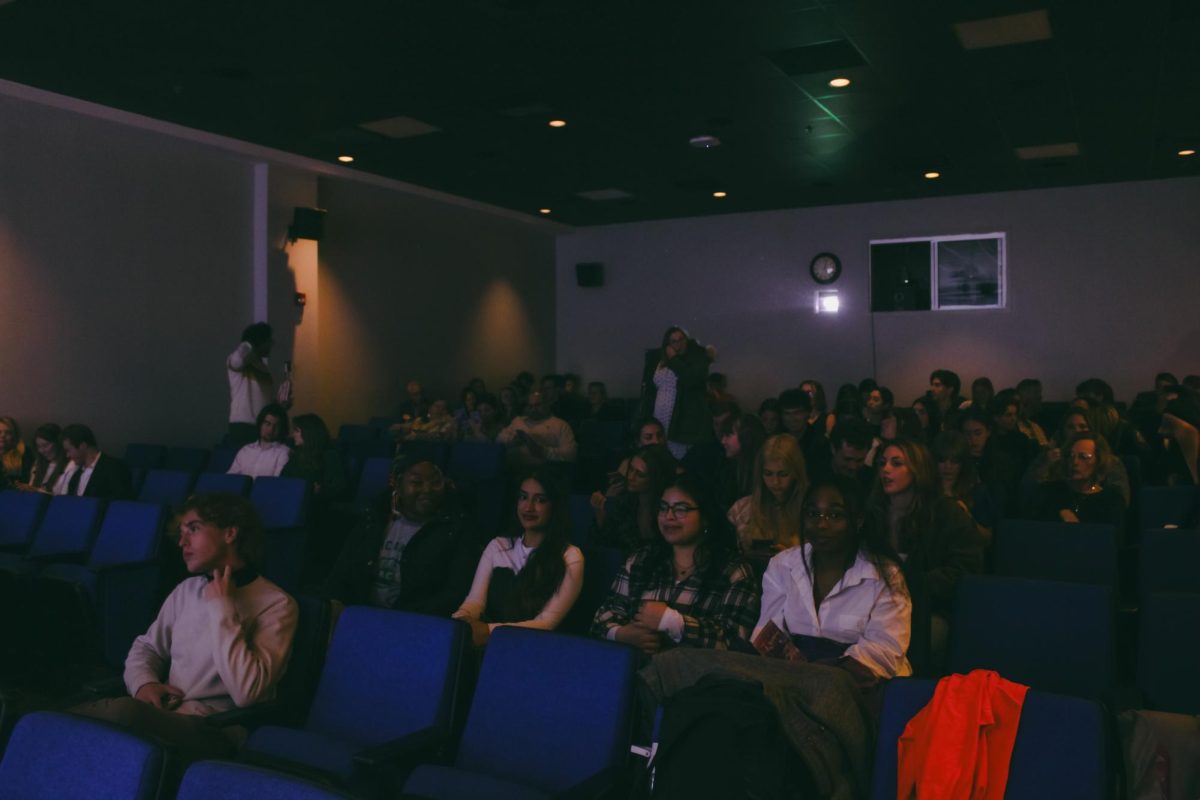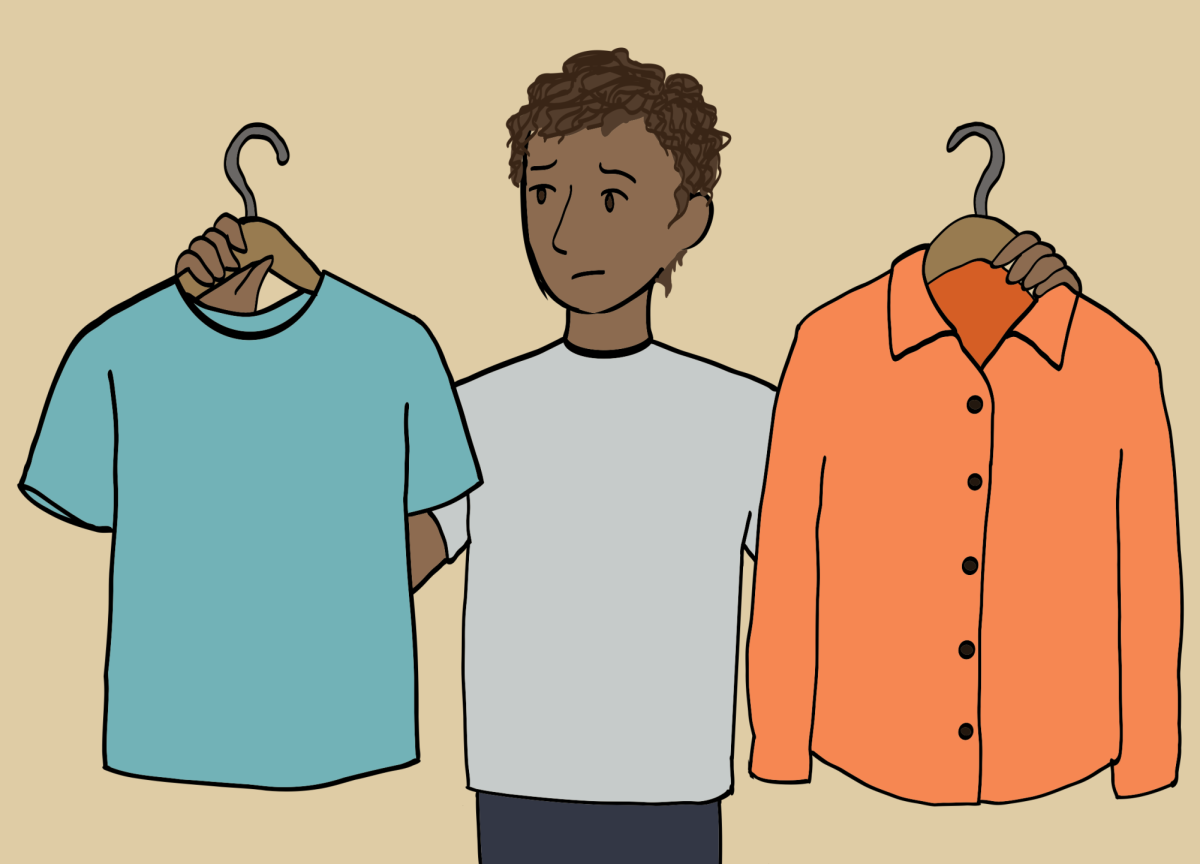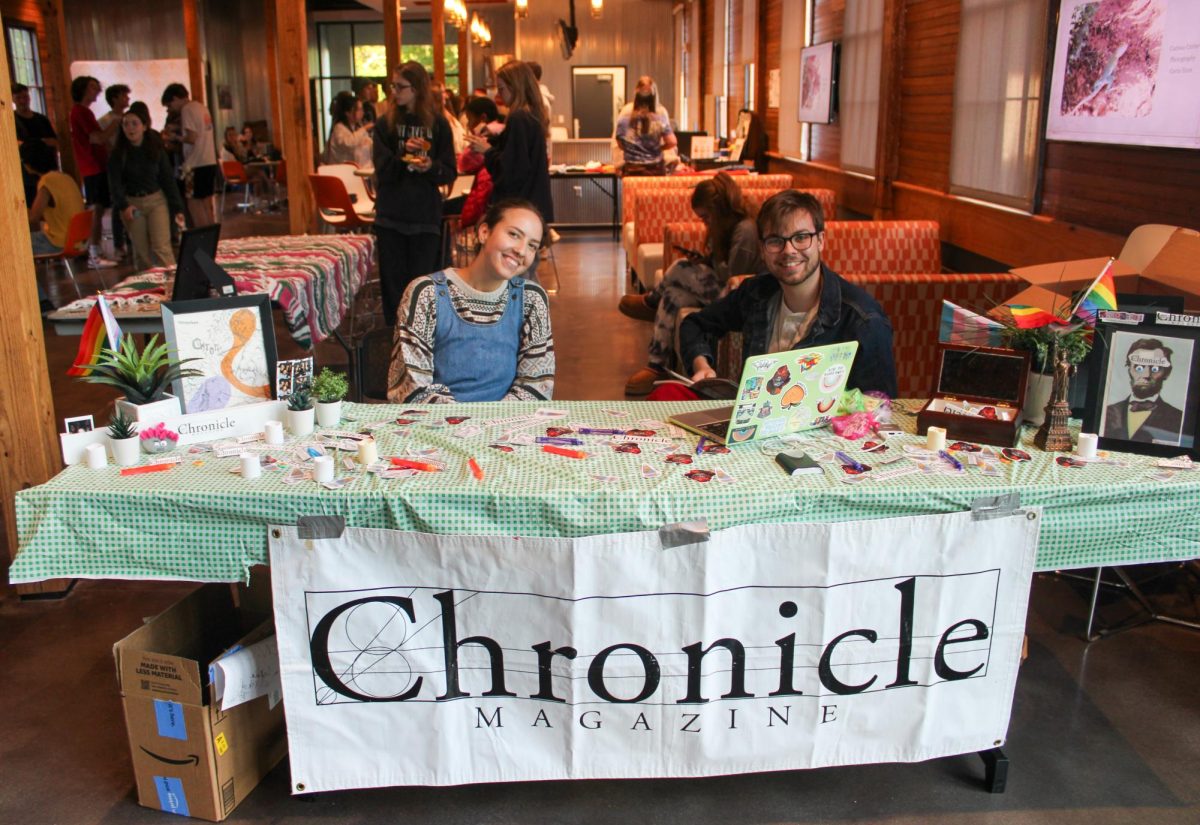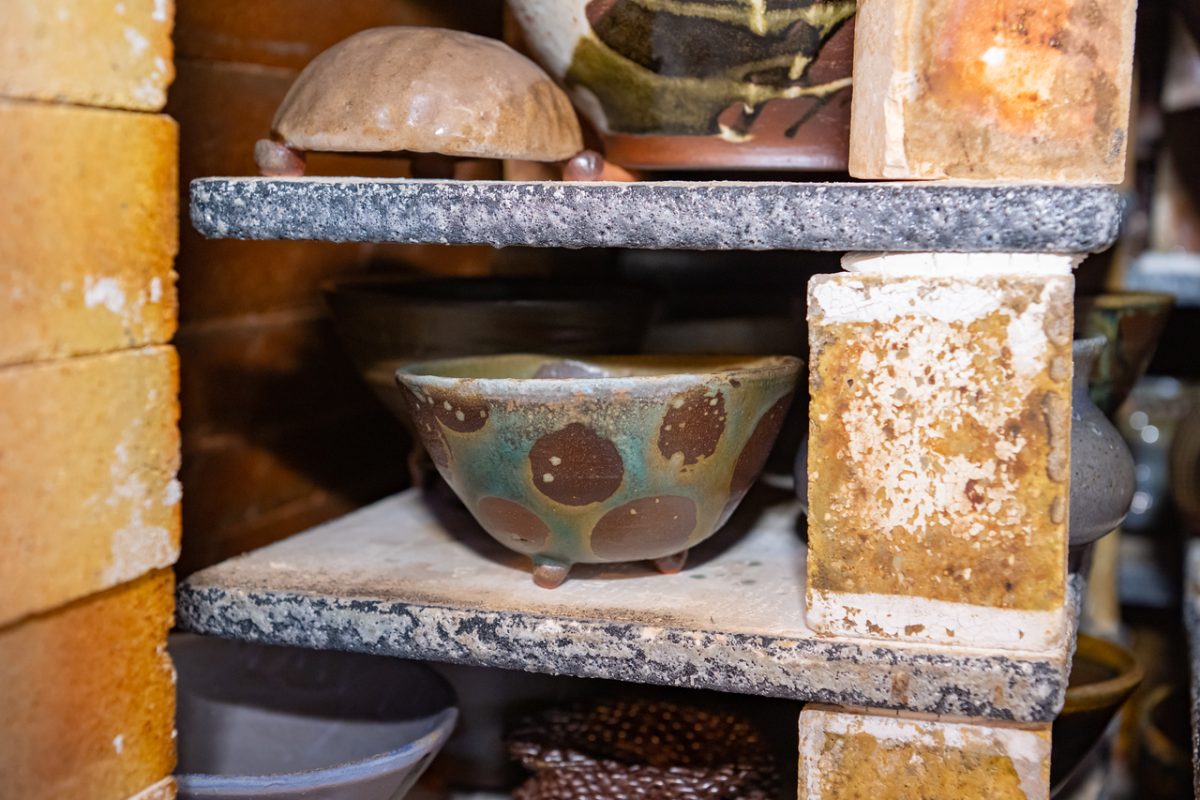Saavon Smalls (SS): When did you guys first start out in the music industry?
Danny (D): I started out by teaching piano and music theory in 2012 in a small music school in Utah, from then on I learned audio engineering and began working at a production studio a year after that.
Mary (M): In 2012, I’d started working as a piano accompanist for music students and ballet classes around Utah. I had been accompanying choirs for years, since I was 12 or 13, so a lot of time and practice went into being able to play for profit.
SS: Have you always wanted to be musicians?
D: No. When I was a kid I wanted to be an artist. I really enjoy drawing. Hence, I also do Graphic Design for CARPOOLPARTY and private clients. I was always around music but I didn’t gain a desire to be a musician until I was 16.
M: Yes, among other things. I wanted to be a composer since I started playing piano at age 10- I never imagined that I would be a singer. I also wanted to be an entrepreneur since I was very young. I’ve wanted to be a computer programmer as well and to develop progressive music learning software.
SS: When it comes to you two, how well do you click together?
D: Well, seeing as how we’re married, I hope we click well together (laughs). Actually, CARPOOLPARTY is the only project among many projects we’ve done together where we finally clicked. We couldn’t decide on a genre before that. We would argue a lot back and forth about our musical differences. We’ve done jazz, rock, punk, indie and Acoustic, but never really got along musically until CARPOOLPARTY. In fact CARPOOLPARTY was at first a throwaway project, making a lame EDM album before completely re-writing it into what we have now.
M: We share a lot of quirks and get along really well but, ironically, music has been the biggest thing that we’ve disagreed on. I think it’s been because we’re both so passionate about it. When we approached CARPOOLPARTY as a less-serious project, we were able to let go of our strong opinions and to work the project into something we both love.
SS: In a recent interview, you guys described your music as “Vapordance.” Can you go into a little more detail about how you’d describe that genre?
D: “Vapordance” is a musical genre made up of disco, vaporwave, funk and hip hop. The “Vapor-” part comes from our vaporwave influence, a genre that would take an entire other article to properly describe. If you’ve ever seen any memes of Roman statues holding Fiji Water bottles, posing in front of a pink and teal pixel art tropical background, all arranged ironically in a Fibonacci sequence, then you’ve SEEN, vaporwave or pieces of it. Explaining how it sounds is even more ridiculous. But we’re not vaporwave, we only use parts of vaporwave in our aesthetics.
SS: You guys have a few different influences (Daft Punk, Odesza, Gorillaz, Tony Toni Tone, 80’s & 90’s Japanese Muzak, Janet Jackson, Diana Ross, American, Korean & Japanese Fashion). How have they impacted your work?
D: When I first got into Gorillaz, it basically was the catalyst to my electronic music and beat making. Nowadays I look for Vinyl rips and samples from 80s and 90s subculture, commercials, shopping mall music, period fashion and video games. I try to use them in our music to infuse each song with nostalgic references. It’s all very intentional.
M: When I write melodies, and when I perform, I look to classic R&B and mix those influences with more modern ones. While performing, if a song feels more soulful, I like to take from the stage presence of Whitney Houston.
For one song, I like to imagine the lead singer of Chvrches, and sometimes I like to imagine Dytto (a female robotic dancer skilled in tutting and popping). While writing melodies, sometimes I like to make it work more for R&B, and sometimes we write lines that are simple like in japanese pop.
SS: With vapordance being a newer genre, what is the process like for creating your music?
D: Vapordance so far follows a few rules for us: 1) Faster than hip hop, Slower than EDM. Right now all of our songs (with the exception of one collaboration) are all at 105 BPM. 2) A heavy aesthetic emphasis on 90s subcultural tropes more so than the 80s. 3) Drums typically must have a thick vinyl or drum machine kick, layered claps and snare. 4) Bass must be thick and moogish following early hip hop or thick, crunchy electric bass following disco. 5) Moderate to heavy use of auxiliary percussion tightly filling in off beats akin to nu-disco. 6) Must use at least one sample of something from the 90s: audio car manuals, documentaries of the dangers of video games, interviews asking about what the internet is and warped samples from movies; the more dated to the 90s the better.
M: In the studio, we approach the writing process a lot like we would approach writing pop music, except that we incorporate a few rules during the writing process, most of which involve making sure certain elements of our songs hearken back to the 90s. First we lay down the beat and the bass. The beat must be 105 BPM and the bass and percussion need to have a sound that might belong in funk, disco, or old-school hip hop music. Then we lay down the synth, then the vocal hooks and then the verses. More and more we’ve been trying to include 90s references in our lyrics or write in a style typical of that era. We include samples at different parts of the writing process, depending on the song. Typically we add effects to make the samples ethereal. The samples can come from a variety of sources, such as old computer sounds, video games, commercials or anything that invokes 90s nostalgia.
SS: What was the reasoning behind the name CARPOOLPARTY?
D: At first it was just meaningless name that we thought sounded catchy. Since then it’s acquired more meaning, traveling and road tripping often, shooting our first music almost entirely from our car over 2.2K miles. We’ve even lived out of our car for months at a time, usually by choice. Truly we feel like CARPOOLPARTY is becoming more of a verb.
M: We love how straightforward the name is, plus I think the word easily invokes feelings of positivity, cooperation, fun and adventure. For us, playing our music is a constant reminder to live fearlessly and to have fun building relationships and making good memories.
SS: What has been your favorite performance so far?
D: For me, any performance where we can get our audience dancing is my favorite performance. So, so far, all of them.
M: A few months ago we were, coincidentally, playing outside near a Black Lives Matter protest. We were singing about unity and making it through terrible times. The words we were singing really touched me that day because I could feel more powerfully the pain behind them, which caused the hope I felt in the music to feel more powerful as well.
SS: Do you guys have a particular song that you love to perform together?
D: My favorite song to do together is “Choking on a Notion.” It’s the first rap song I’ve ever written. We usually do it in the middle of our show and it’s always fun to see a lot of heads turn when I take the vocal lead after being in the background up until that point.
M: Hot Tapes is one of my favorites to perform with Daniel. I sing the least on that song, so I love to dance more! During that song, I find it really satisfying to see people really getting into Daniel’s raps. I like getting into his raps, too!
SS: What has been the biggest hurdle that you guys have had to overcome?
D: There are many bigger hurdles up ahead but I would have to say, looking back the biggest we’ve overcome at this point is finishing our first album and completing our first hour of all original music. We decided that if we’re going to do a band full time, we’re doing only originals first. Vapordance gives us the freedom to invent a lot more than if we were a rock or indie band.
M: I personally faced many learning curves early on in our project. A couple years ago, I was a newbie at dancing, and I hardly knew what pop or R&B was, let alone how to sing it. It’s hard to imagine. I had poor social skills, and was very scared to be a lead singer. I terrified me to imagine doing what we do now as a band, but now it’s exciting and I look forward to what’s in store.
SS: What can we expect from CARPOOLPARTY over the next few months?
D: At least one new music video. And a couple of new songs. We’re currently recording about 5-6 new songs we’re thinking of releasing this winter-early spring. Also a lot more shows. We just found a new booking agent and we’re excited about the prospects.
SS: If you could say one thing to the Clemson and Greenville community, what would it be?
D: Be kind to each other! Sometimes it’s not about who’s right, it’s about who’s loved. It’s easy to love people we have no problem agreeing with but I think we should try to love everyone. It’s a life-long process.
M: Remember to take care of the people in your community and to support the local programs and initiatives in your area.
Saavon Smalls (SS): When did you guys first start out in the music industry?
Danny (D): I started out by teaching piano and music theory in 2012 in a small music school in Utah, from then on I learned audio engineering and began working at a production studio a year after that.
Mary (M): In 2012, I’d started working as a piano accompanist for music students and ballet classes around Utah. I had been accompanying choirs for years, since I was 12 or 13, so a lot of time and practice went into being able to play for profit.
SS: Have you always wanted to be musicians?
D: No. When I was a kid I wanted to be an artist. I really enjoy drawing. Hence, I also do Graphic Design for CARPOOLPARTY and private clients. I was always around music but I didn’t gain a desire to be a musician until I was 16.
M: Yes, among other things. I wanted to be a composer since I started playing piano at age 10- I never imagined that I would be a singer. I also wanted to be an entrepreneur since I was very young. I’ve wanted to be a computer programmer as well and to develop progressive music learning software.
SS: When it comes to you two, how well do you
click together?
D: Well, seeing as how we’re married, I hope we click well together (laughs). Actually, CARPOOLPARTY is the only project among many projects we’ve done together where we finally clicked. We couldn’t decide on a genre before that. We would argue a lot back and forth about our musical differences. We’ve done jazz, rock, punk, indie and Acoustic, but never really got along musically until CARPOOLPARTY. In fact CARPOOLPARTY was at first a throwaway project, making a lame EDM album before completely re-writing it into what we have now.
M:We share a lot of quirks and get along really well but, ironically, music has been the biggest thing that we’ve disagreed on. I think it’s been because we’re both so passionate about it. When we approached CARPOOLPARTY as a less-serious project, we were able to let go of our strong opinions and to work the project into something we both love.
SS: In a recent interview, you guys described your music as “Vapordance.” Can you go into a little more detail about how you’d describe that genre?
D:“Vapordance” is a musical genre made up of disco, vaporwave, funk and hip hop. The “Vapor-” part comes from our vaporwave influence, a genre that would take an entire other article to properly describe. If you’ve ever seen any memes of Roman statues holding Fiji Water bottles, posing in front of a pink and teal pixel art tropical background, all arranged ironically in a Fibonacci sequence, then you’ve SEEN, vaporwave or pieces of it. Explaining how it sounds is even more ridiculous. But we’re not vaporwave, we only use parts of vaporwave in
our aesthetics.
SS: You guys have a few different influences (Daft Punk, Odesza, Gorillaz, Tony Toni Tone, 80’s & 90’s Japanese Muzak, Janet Jackson, Diana Ross, American, Korean & Japanese Fashion). How have they impacted
your work?
D:When I first got into Gorillaz, it basically was the catalyst to my electronic music and beat making. Nowadays I look for Vinyl rips and samples from 80s and 90s subculture, commercials, shopping mall music, period fashion and video games. I try to use them in our music to infuse each song with nostalgic references. It’s all
very intentional.
M:When I write melodies, and when I perform, I look to classic R&B and mix those influences with more modern ones. While performing, if a song feels more soulful, I like to take from the stage presence of Whitney Houston.
For one song, I like to imagine the lead singer of Chvrches, and sometimes I like to imagine Dytto (a female robotic dancer skilled in tutting and popping). While writing melodies, sometimes I like to make it work more for R&B, and sometimes we write lines that are simple like in japanese pop.
SS: With vapordance being a newer genre, what is the process like for creating your music?
D:Vapordance so far follows a few rules for us: 1) Faster than hip hop, Slower than EDM. Right now all of our songs (with the exception of one collaboration) are all at 105 BPM. 2) A heavy aesthetic emphasis on 90s subcultural tropes more so than the 80s. 3) Drums typically must have a thick vinyl or drum machine kick, layered claps and snare. 4) Bass must be thick and moogish following early hip hop or thick, crunchy electric bass following disco. 5) Moderate to heavy use of auxiliary percussion tightly filling in off beats akin to nu-disco. 6) Must use at least one sample of something from the 90s: audio car manuals, documentaries of the dangers of video games, interviews asking about what the internet is and warped samples from movies; the more dated to the
90s the better.
M:In the studio, we approach the writing process a lot like we would approach writing pop music, except that we incorporate a few rules during the writing process, most of which involve making sure certain elements of our songs hearken back to the 90s. First we lay down the beat and the bass. The beat must be 105 BPM and the bass and percussion need to have a sound that might belong in funk, disco, or old-school hip hop music. Then we lay down the synth, then the vocal hooks and then the verses. More and more we’ve been trying to include 90s references in our lyrics or write in a style typical of that era. We include samples at different parts of the writing process, depending on the song. Typically we add effects to make the samples ethereal. The samples can come from a variety of sources, such as old computer sounds, video games, commercials or anything that invokes
90s nostalgia.
SS: What was the reasoning behind the name CARPOOLPARTY?
D:At first it was just meaningless name that we thought sounded catchy. Since then it’s acquired more meaning, traveling and road tripping often, shooting our first music almost entirely from our car over 2.2K miles. We’ve even lived out of our car for months at a time, usually by choice. Truly we feel like CARPOOLPARTY is becoming more of a verb.
M: We love how straightforward the name is, plus I think the word easily invokes feelings of positivity, cooperation, fun and adventure. For us, playing our music is a constant reminder to live fearlessly and to have fun building relationships and making good memories.
SS: What has been your favorite performance so far?
D: For me, any performance where we can get our audience dancing is my favorite performance. So, so far, all of them.
M: A few months ago we were, coincidentally, playing outside near a Black Lives Matter protest. We were singing about unity and making it through terrible times. The words we were singing really touched me that day because I could feel more powerfully the pain behind them, which caused the hope I felt in the music to feel more powerful as well.
SS: Do you guys have a particular song that you love to perform together?
D: My favorite song to do together is “Choking on a Notion”. It’s the first rap song I’ve ever written. We usually do it in the middle of our show and it’s always fun to see a lot of heads turn when I take the vocal lead after being in the background up until that point.
M: Hot Tapes is one of my favorites to perform with Daniel. I sing the least on that song, so I love to dance more! During that song, I find it really satisfying to see people really getting into Daniel’s raps. I like getting into his raps, too!
SS: What has been the biggest hurdle that you guys have had to overcome?
D: There are many bigger hurdles up ahead but I would have to say, looking back the biggest we’ve overcome at this point is finishing our first album and completing our first hour of all original music. We decided that if we’re going to do a band full time, we’re doing only originals first. Vapordance gives us the freedom to invent a lot more than if we were a rock or indie band.
M: I personally faced many learning curves early on in our project. A couple years ago, I was a newbie at dancing, and I hardly knew what pop or R&B was, let alone how to sing it. It’s hard to imagine. I had poor social skills, and was very scared to be a lead singer. I terrified me to imagine doing what we do now as a band, but now it’s exciting and I look forward to what’s in store.
SS: What can we expect from CARPOOLPARTY over the next few months?
D:At least one new music video. And a couple of new songs. We’re currently recording about 5-6 new songs we’re thinking of releasing this winter-early spring. Also a lot more shows. We just found a new booking agent and we’re excited about the prospects.
SS: If you could say one thing to the Clemson and Greenville community, what would it be?
D: Be kind to each other! Sometimes it’s not about who’s right, it’s about who’s loved. It’s easy to love people we have no problem agreeing with but I think we should try to love everyone. It’s a life-long process.
M: Remember to take care of the people in your community and to support the local programs and initiatives in your area.

